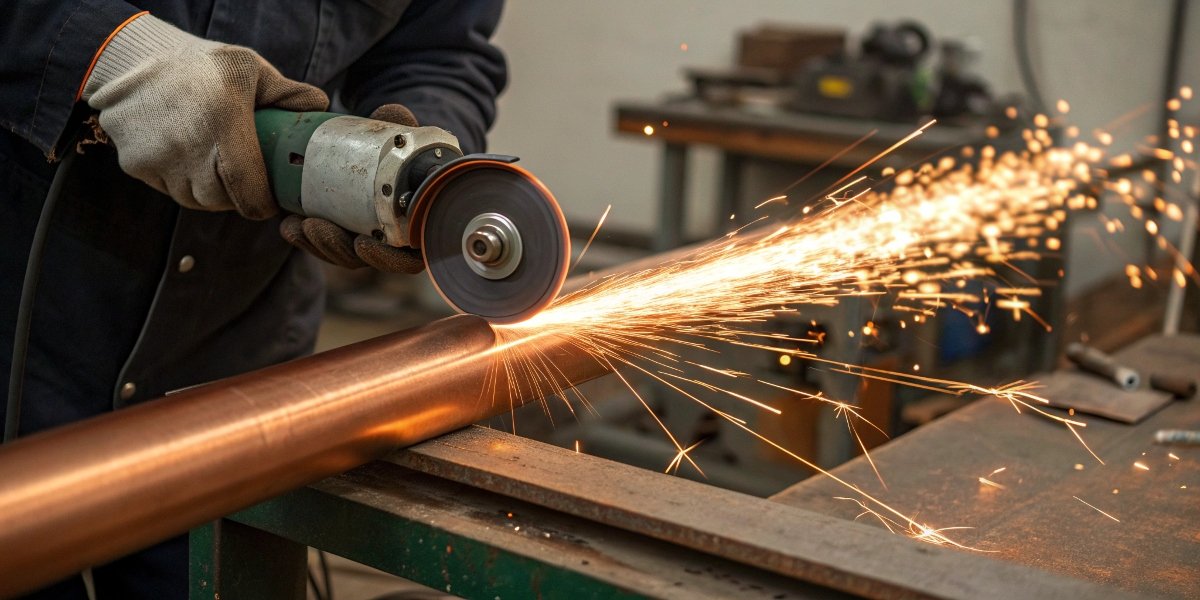
Need to cut copper pipe fast but don’t have a tubing cutter? Using the wrong method creates a rough, burred edge that won’t seal properly, causing major problems later.
Yes, you can cut copper pipe with an angle grinder using a thin (1mm) abrasive metal cutoff disc. It is very fast, but it will leave a significant burr on both the inside and outside of the pipe that must be completely removed before fitting.
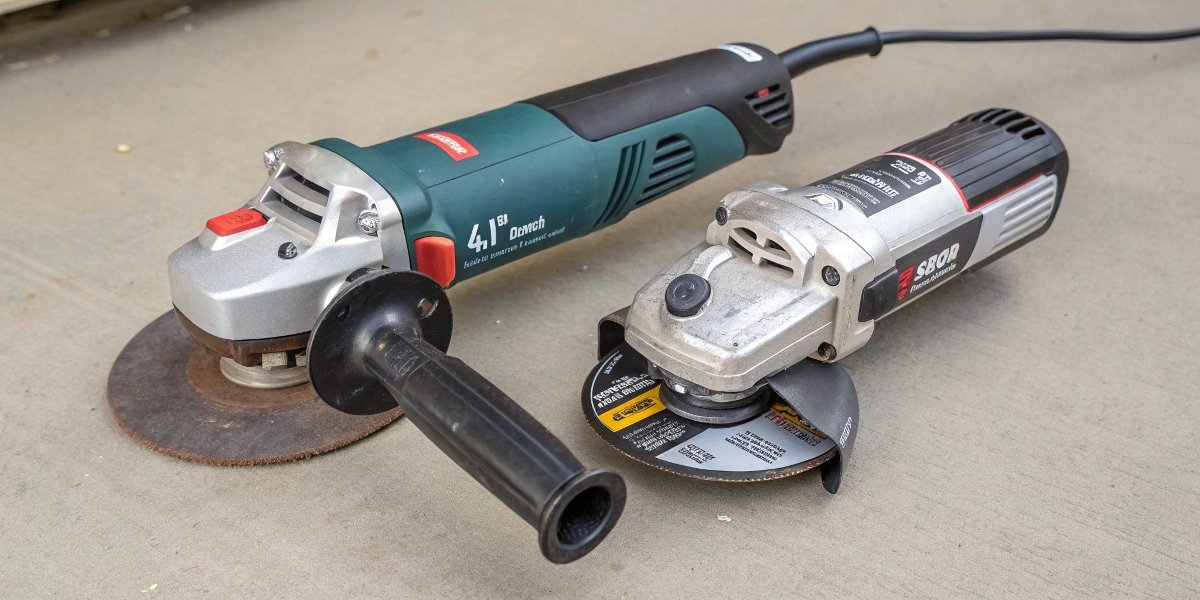
This is a question we get a lot, especially from our B2B clients in the plumbing1, HVAC2, and demolition industries. As a factory, Reliable, that has produced abrasives for nearly three decades, my answer is always, "Yes, but it’s a trade-off." You are trading the perfect, clean cut of a dedicated pipe cutter for raw speed. An angle grinder3 is a brute-force tool in this application. It will absolutely get the job done, but it creates extra work to clean up the cut afterwards. Understanding when to use it versus when to use a specialized tool is the key to professional, leak-proof results.
What is the best thing to cut copper pipe with?
You’re tired of messy, slow cuts from a hacksaw. A rough edge on a copper pipe means leaks and expensive callbacks, costing you precious time and money.
The best tool is an automatic tubing cutter. It provides a perfectly clean, square, and burr-free cut with minimal effort. For tight spaces, a compact C-style tubing cutter is ideal. These tools are designed specifically for the job and ensure a perfect seal.
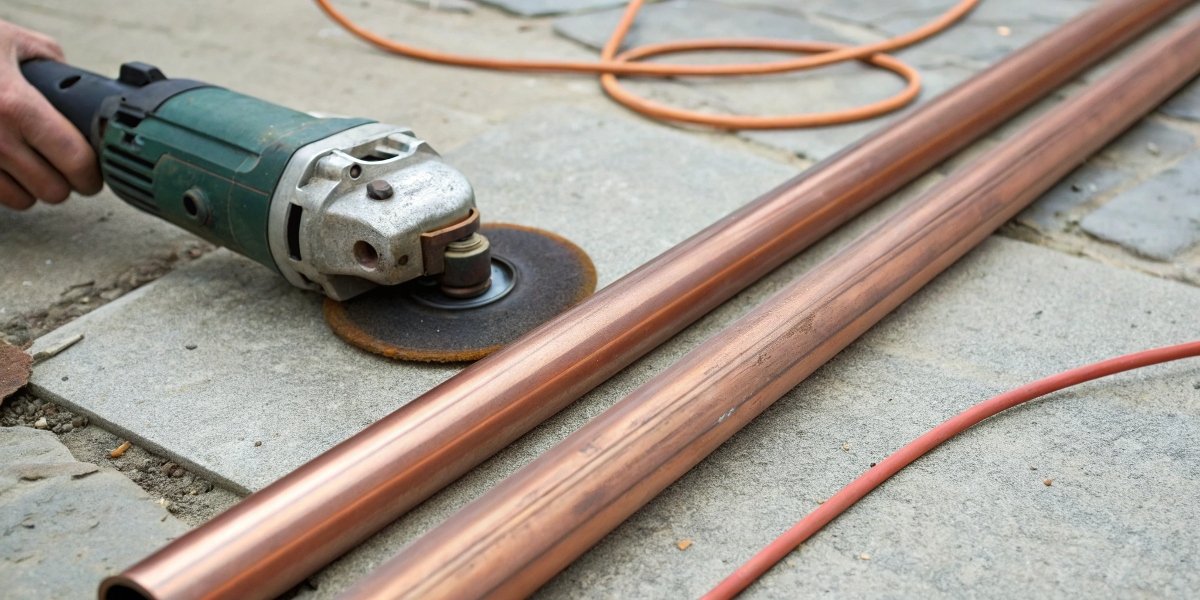
In our experience supplying professionals, the right tool saves more money than it costs. A dedicated tubing cutter4 is the perfect example. It works by clamping onto the pipe and using a small, hardened steel wheel to score a line. As you rotate the tool, you slowly tighten it, and the wheel cuts deeper until the pipe snaps off with a clean edge. There’s almost no burr left behind. An angle grinder is on the opposite end of the spectrum; it’s all about speed, making it great for demolition where the ends will be discarded. A hacksaw5 is the low-cost option, but it’s slow and very difficult to get a perfectly square cut. I’ve seen experienced plumbers carry all three on their trucks. They use the tubing cutter for new installations, the hacksaw for an odd job, and the angle grinder with one of our RL cutoff discs for ripping out old pipes.
Comparing Your Cutting Options
| Tool | Speed | Cut Quality | Best Use Case |
|---|---|---|---|
| Tubing Cutter | Slow to Moderate | Excellent (Clean, Square) | New installations, repairs, any job requiring a perfect seal. |
| Angle Grinder | Very Fast | Poor (Heavy Burrs) | Demolition, rough cuts where the end finish does not matter. |
| Hacksaw | Very Slow | Fair to Poor (Burrs, hard to keep square) | Inexpensive option for occasional use when no other tool is available. |
What should you not use an angle grinder for?
An angle grinder is so versatile it’s tempting to use it for everything. But one wrong move, like using it on the wrong material or in the wrong way, can lead to disaster.
Never use an angle grinder for tasks it’s not designed for. This includes cutting wood with a toothed blade, using a thin cutoff wheel for side grinding, using the tool without its safety guard, or cutting materials like glass that can shatter from thermal shock.
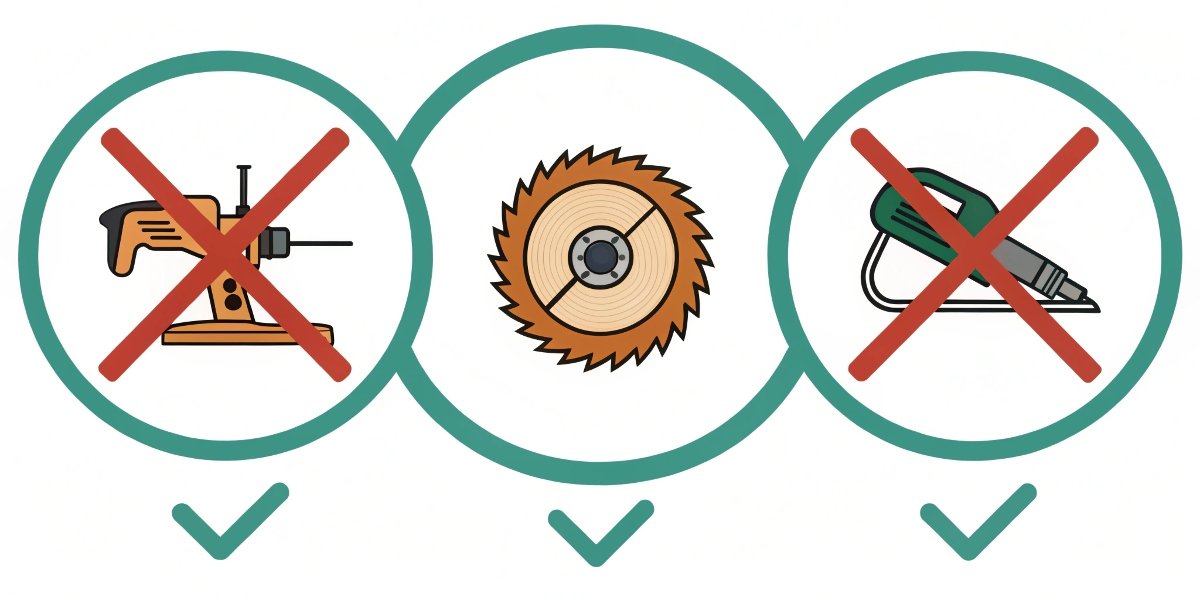
The angle grinder is one of the most useful, and most dangerous, tools in any workshop. In my factory, safety is our first priority, both in how our abrasives are made and how they are used. The rules for what not to do are absolute. The most dangerous mistake is mounting a toothed wood-cutting blade; this is the number one cause of horrific kickback injuries6. The second is using a thin cutoff wheel7 to grind on its side. These wheels are only strong on their edge and can easily shatter from lateral pressure. Finally, never cut materials that can’t handle the localized heat and vibration. Glass will shatter, and most plastics will melt and release toxic fumes while clogging the wheel. Adhering to these prohibitions is not a suggestion; it is a requirement for safe operation.
The Critical Safety Boundaries
| Forbidden Action | The Specific Danger |
|---|---|
| Cutting Wood with Toothed Blade | The teeth grab the wood, causing violent rotational kickback. |
| Side Grinding with Cutoff Wheel | The thin wheel is not designed for lateral force and can shatter. |
| Cutting Glass | The intense, localized heat will cause thermal shock and unpredictable shattering. |
| Operating Without a Guard | You have no protection from a shattering wheel or from flying debris. |
Does copper pipe spark when cut?
You’re working in a sensitive area where sparks could pose a fire or explosion risk. Assuming all metals create big sparks when cut with a grinder is a common but incorrect belief.
No, pure copper is a non-ferrous metal and does not create sparks when cut. However, the abrasive material in the cutoff wheel can create some minor sparks, and if you accidentally hit a steel fastener or bracket, you will see significant sparking.
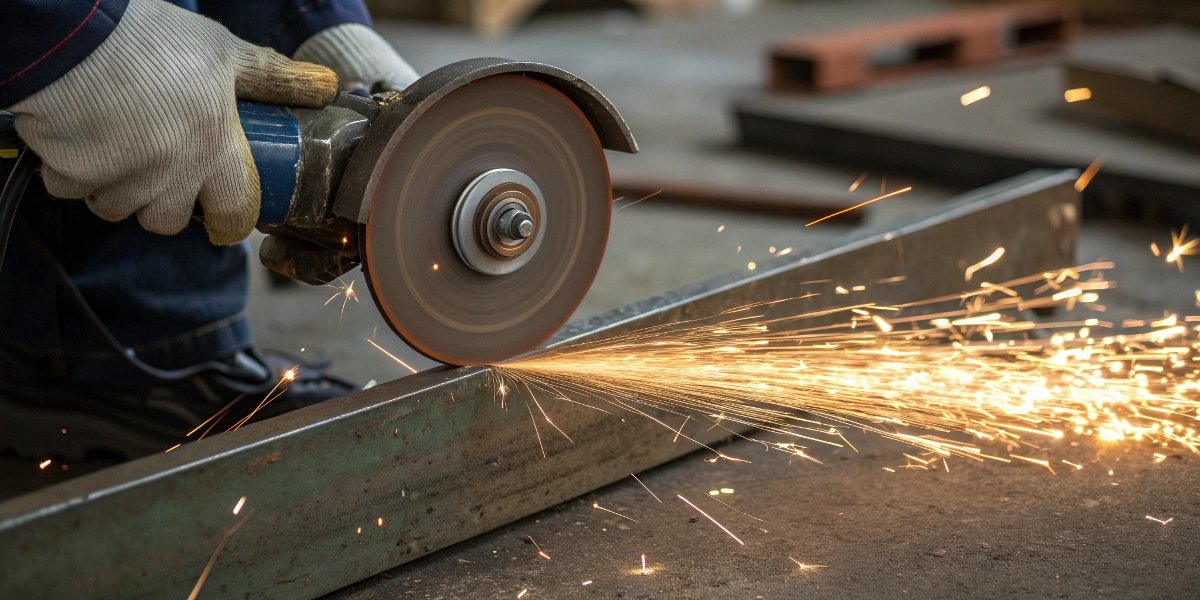
This is a great question that goes to the heart of material science. The bright sparks you see when cutting steel are tiny particles of iron (a ferrous metal) burning rapidly as they fly through the air. It’s a process of rapid oxidation. Copper, along with aluminum and brass, is a non-ferrous metal8. It does not contain iron, so it doesn’t produce those classic, bright sparks. This is a critical safety distinction. For our clients working in shipyards or on gas lines, "hot work" permits are required for any spark-producing job. Understanding which metals spark is part of their basic safety training. While the abrasive disc itself can generate a few, dull, low-energy sparks from its own material, the effect is drastically different from cutting steel. Always be aware of your surroundings; if the copper pipe9 is held by a steel clamp, hitting the clamp will definitely produce sparks.
Sparks and Metals: A Simple Guide
| Metal Type | Sparks When Ground? | Common Examples |
|---|---|---|
| Ferrous | Yes, bright sparks | Carbon Steel, Stainless Steel, Cast Iron |
| Non-Ferrous | No / Very few dull sparks | Copper, Aluminum, Brass, Bronze, Titanium |
How thick of metal can an angle grinder cut?
You’re facing a thick piece of steel and wondering if your small angle grinder is up for the job. Pushing a tool beyond its capacity will burn out the motor and ruin your cut.
A standard 115mm (4.5”) angle grinder can effectively cut metal up to 10-12mm (around 1/2 inch) thick. For thicker materials, a larger 180mm (7") or 230mm (9”) grinder is better, capable of cutting through 25mm (1 inch) steel or more with multiple passes.
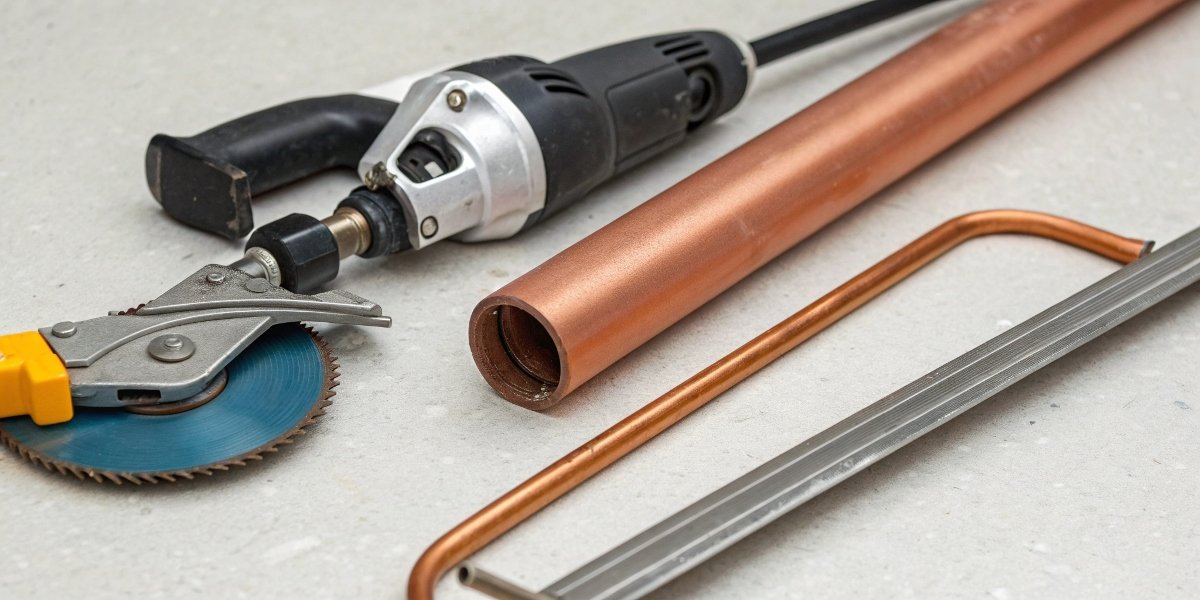
The cutting capacity of an angle grinder is limited by two main things: motor power and disc diameter. A smaller 115mm grinder has a smaller motor and a disc that provides a maximum cutting depth10 of about 30-35mm, but you can’t practically use all of that at once. Trying to cut material thicker than about 12mm in a single pass will bog down the motor and overheat the disc. The key to cutting thicker material is to make multiple, progressively deeper passes. For our industrial clients in heavy fabrication, they don’t even bother with small grinders for cutting stock. They almost exclusively use larger 180mm and 230mm grinders. These have much more powerful motors and larger discs that can handle thicker plate steel with more efficiency and less strain on the tool and operator.
Matching Grinder Size to Metal Thickness
| Grinder Size | Disc Diameter | Practical Max. Thickness (Single Pass) |
|---|---|---|
| Small | 115mm / 4.5" | 6mm (1/4") |
| Small | 125mm / 5" | 8mm (5/16") |
| Medium | 180mm / 7" | 15mm (5/8") |
| Large | 230mm / 9" | 25mm (1") |
Conclusion
An angle grinder can cut copper, but a tubing cutter is superior for clean fits. Always use the correct tool and safety procedures for every cutting task you perform.
-
Explore the must-have tools for plumbing professionals to ensure efficient and effective work. ↩
-
Learn about the essential tools HVAC technicians rely on for successful installations and repairs. ↩
-
This link provides essential tips and techniques for using an angle grinder effectively and safely. ↩
-
Discover the top-rated tubing cutters that ensure clean and precise cuts for your copper piping needs. ↩
-
This resource discusses the pros and cons of using a hacksaw for cutting copper pipe and its effectiveness. ↩
-
Understand the causes of kickback injuries and how to prevent them while using power tools. ↩
-
Explore the different types of cutoff wheels and their applications in metal cutting. ↩
-
This link provides insights into non-ferrous metals, including their characteristics and applications. ↩
-
Explore this resource to learn various effective techniques for cutting copper pipe safely and efficiently. ↩
-
Discover how to effectively measure and manage cutting depth when using an angle grinder. ↩
Written by
leeon
You may also be interested in:

How do you cut bolts with an angle grinder?
Struggling to make a clean cut on a stubborn bolt? Using an angle grinder can feel intimidating, but it is a fast and effective method
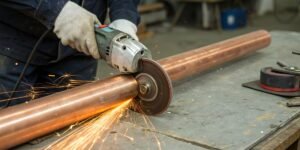
Can I use an angle grinder to cut a copper pipe?
Struggling with a quick copper pipe cut? Worried about damaging the material? An angle grinder is a fast solution, but using it wrong can be
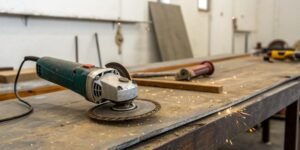
Can an angle grinder cut meat and bones?
Struggling to cut tough bones? Thinking of grabbing your angle grinder for a quick solution? This powerful tool seems like an easy answer, but it’s
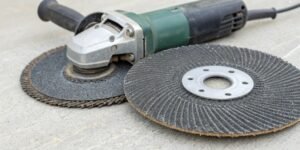
Can a metal cutting disc be used on an angle grinder?
Are you unsure about putting a metal cutting disc on your angle grinder? Using the wrong tool combination is a real safety hazard. But with
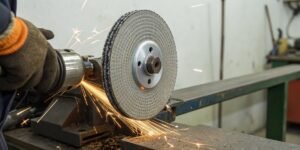
What is the best grinding wheel for cutting aluminum alloys?
Struggling to cut aluminum without your grinding wheels clogging up? This common problem wastes time, ruins your workpiece, and drives up costs, turning a simple

What does an angle grinder do that other tools can't?
Struggling with tools for multiple tasks? Carrying a heavy toolbox is inefficient. An angle grinder replaces many tools, saving you time and effort on the
